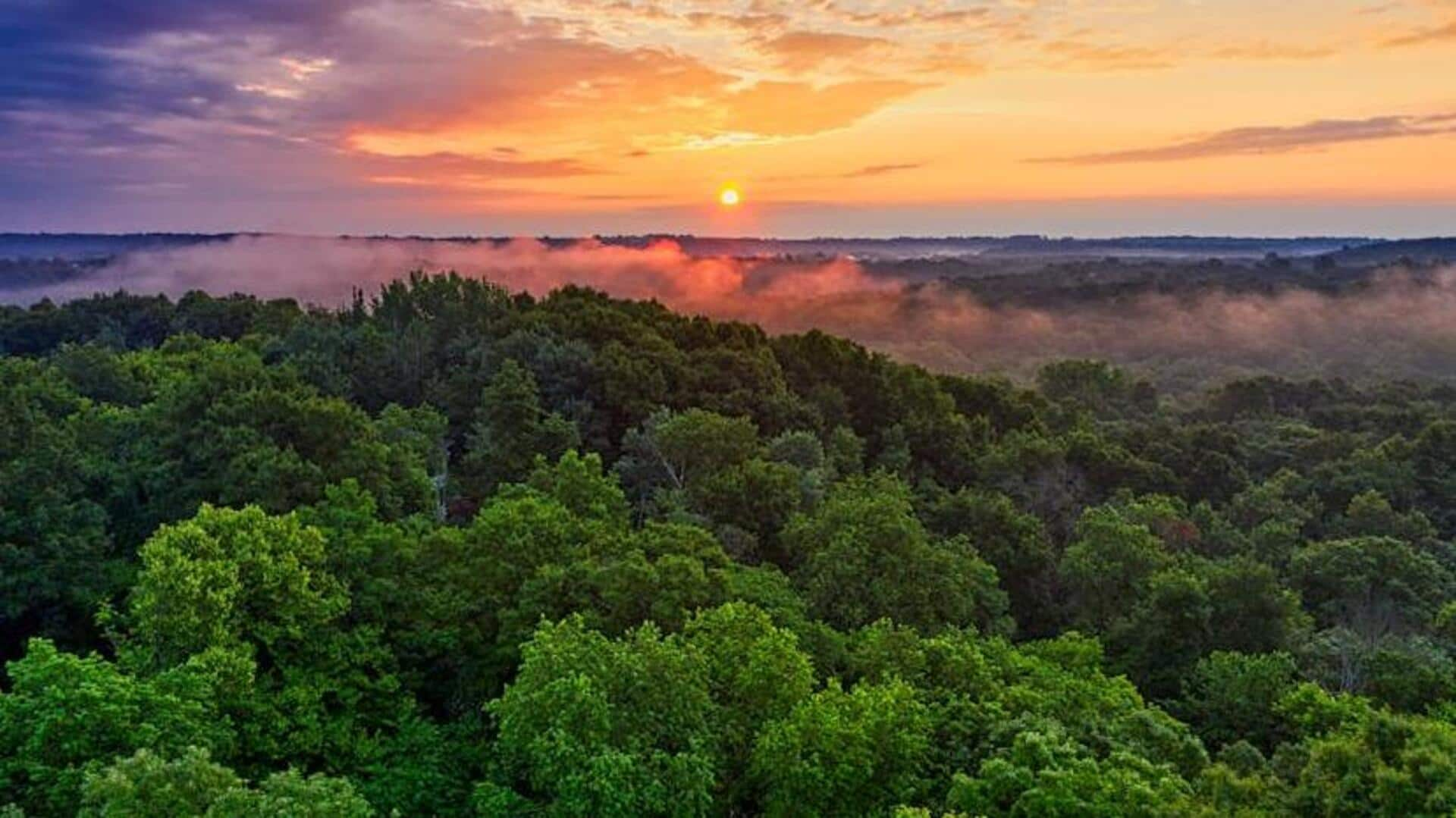
Capture the untamed beauty of Amazon Rainforest, Brazil
What's the story
The Amazon Rainforest in Brazil is a paradise for wildlife photographers and nature enthusiasts alike.
Spanning over five and a half million square kilometers, it's a biodiversity hotspot that hosts an incredible variety of flora and fauna.
This vast green wilderness offers unparalleled opportunities for capturing stunning wildlife photographs, from exotic birds to elusive jungle animals.
Preparation
Plan your wildlife photography safari
Before embarking on your photography adventure in the Amazon, it's crucial to prepare adequately.
This includes selecting the right gear such as waterproof camera bags, lenses suitable for wildlife photography, and protective clothing against the elements and insects.
Researching the best time to visit, typically during the dry season from June to November, will increase your chances of spotting wildlife.
Exploration
Navigate through the jungle
Exploring the Amazon requires guidance from local experts who know their way around its complex ecosystem. Opt for guided tours that focus on wildlife photography.
These guides can lead you to hidden spots where you're more likely to encounter rare species in their natural habitat.
Remember, patience is key in wildlife photography; sometimes you might wait hours for that perfect shot.
Conservation
Respect the environment
While capturing the beauty of the Amazon through your lens, it's imperative to practice ethical photography.
This means maintaining a safe distance from animals, not disturbing their natural behaviors or habitats, and following all guidelines provided by your guide or tour operator.
Your actions should contribute positively toward conservation efforts and respect for this magnificent rainforest.
Reflection
Share your experience
After your Amazon Rainforest journey, share your photos and stories to inspire conservation.
Contributing to environmental sites or magazines not only showcases your work but also emphasizes the need to protect these ecosystems.
A wildlife photography safari in Brazil's Amazon is an opportunity to connect with nature and support its preservation, highlighting the importance of our planet's lungs.